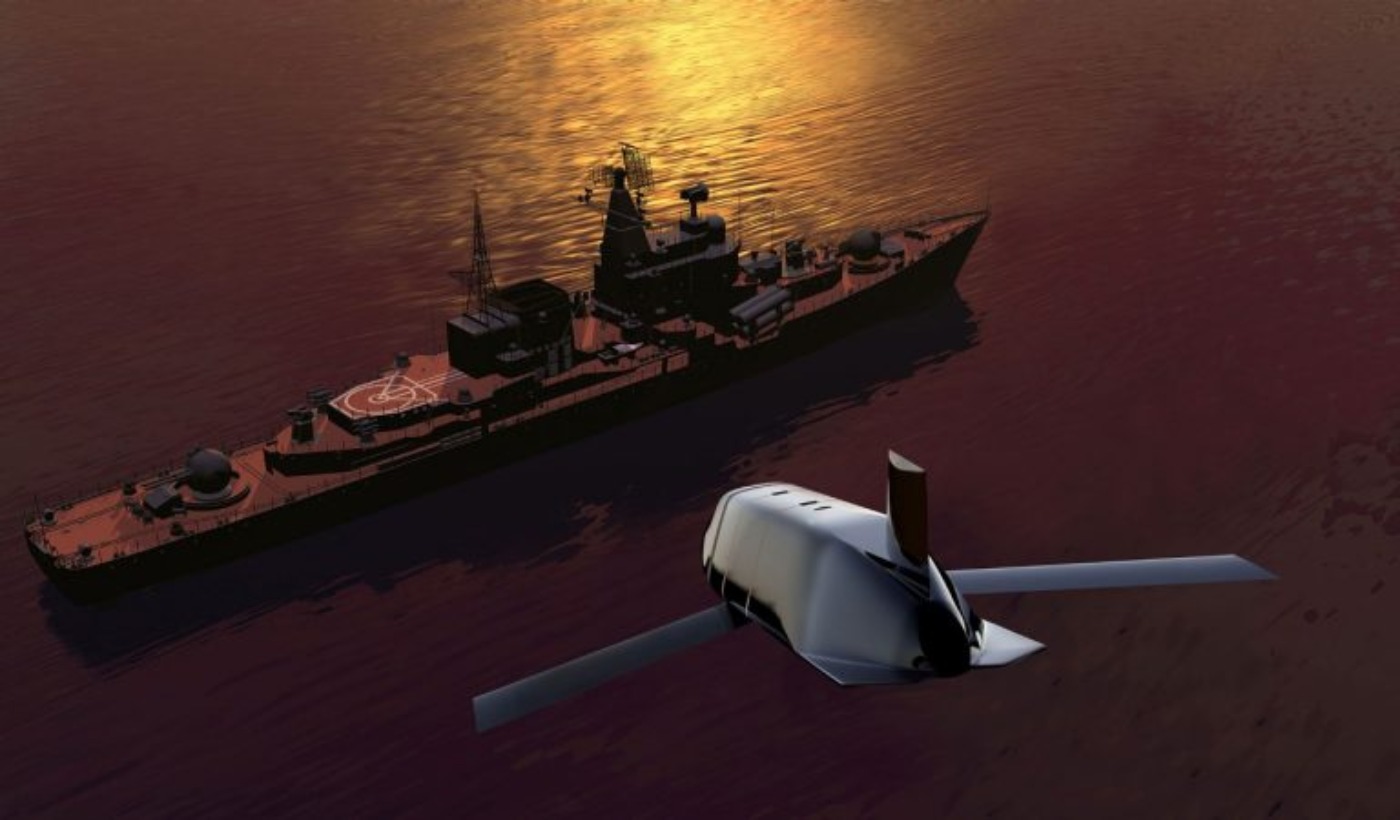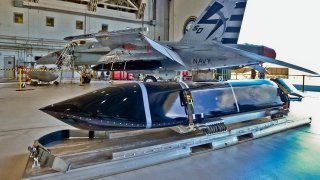AGM-158C LRASM: The U.S. Navy's Anti-Ship Missile Keeps Getting Better
As a member of the AGM-158 family of cruise missiles, LRASM promises to deliver long-range, highly survivable, and lethal capability against highly defended surface combatants.
This week, aerospace and defense giant Lockheed Martin announced that the United States Navy conducted the 12th Integrated Test Event (ITE-12) of its Long-Range Anti-Ship Missile (LRASM) flight test with four missiles simultaneously in flight. During the ITE-12, the U.S. Navy was able to demonstrate the platform's inherent high-end lethality from mission planning through kill chain integration and its effects on the target, while all mission objectives were met, reinforcing high confidence in the weapon’s capabilities and superior firepower.
"We have continued to invest in the design and development of LRASM’s anti-surface warfare capabilities to ensure that warfighters have the 21st century security solutions they need to complete their missions and come home safely," said Lisbeth Vogelpohl, LRASM program director at Lockheed Martin Missiles and Fire Control. "This event was a testament to our commitment to deliver reliable products that work each and every time, ensuring those who serve stay ahead of ready."
LRASM: The Next Big Step
ITE-12 was described as the next 'big step' in LRASM's evolution, as the successful test served as a graduation exercise for the missiles' latest configuration, while it laid the foundation for increased capabilities to come.
As a member of the AGM-158 family of cruise missiles, LRASM promises to deliver long-range, highly survivable, and lethal capability against highly defended surface combatants. It is a precision-guided intelligent anti-ship missile designed to interdict a variety of surface threats at very long range, navigating semi-autonomously to the target, and delivering a precise payload from a safe, standoff range. With a range of at least 200 nautical miles, the LRASM can be used against enemy ships, shallow submarines, drones, aircraft, and land-based targets.
It was developed for the United States Air Force and United States Navy by the Defense Advanced Research Projects Agency (DARPA). Derived from the AGM-158B JASSM-ER, the LRASM was intended to pioneer more sophisticated autonomous targeting capabilities than the U.S. Navy's current Harpoon anti-ship missile, which has been in service since 1977.
Multi-Platform Missile – The AGM-158C LRASM
The AGM-185C LRASM was designed as a multi-platform, multi-role missile that can be employed in a multitude of missions. It was developed to deliver enhanced capabilities to maturing platforms including the United States Air Force's long-range B-1B Lancer strategic bomber and the U.S. Navy's F/A-18E/F Super Hornet multi-role fighters – while it could also provide advanced long-range sea and land strike capabilities to the F-35 Lightning II.

LRASM technology could further reduce dependence on ISR (intelligence, surveillance, and reconnaissance_ platforms, network links, and GPS navigation in aggressive electronic warfare environments, while its advanced guidance operation would allow the weapon to use gross target cueing data to find and destroy its pre-defined target in denied environments.
LRASM had successfully completed B-1B integration and flight testing, leading the way to an early operational capability (EOC) declaration by the U.S. Air Force in December 2018, while its F/A-18E/F flight testing reached an EOC milestone in 2019.
In addition to its air-launched capabilities, the AGM-158C LRASM was developed to be compatible with the Mark 41 Vertical Launching System employed on many U.S. Navy warships. It is fitted with a modified Mk 114 jettisonable rocket booster to give it enough power to reach altitude. Although priority development has been on air and surface-launched variants, Lockheed Martin has been exploring the concept of a submarine-launched variant.
Author Experience and Expertise: Peter Suciu
Peter Suciu is a Michigan-based writer. He has contributed to more than four dozen magazines, newspapers, and websites with over 3,200 published pieces over a twenty-year career in journalism. He regularly writes about military hardware, firearms history, cybersecurity, politics, and international affairs. Peter is also a Contributing Writer for Forbes and Clearance Jobs. You can follow him on Twitter: @PeterSuciu.
You can email the author: [email protected].
Image Credit: Creative Commons.


